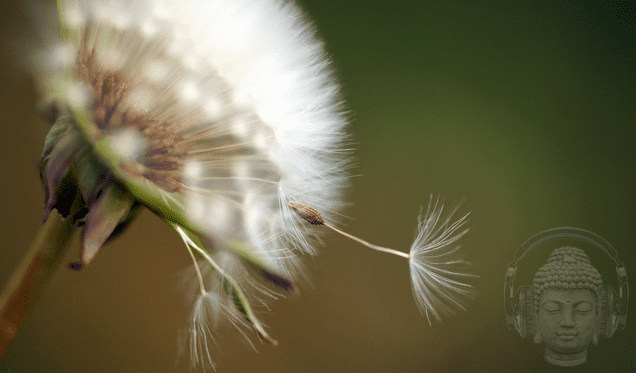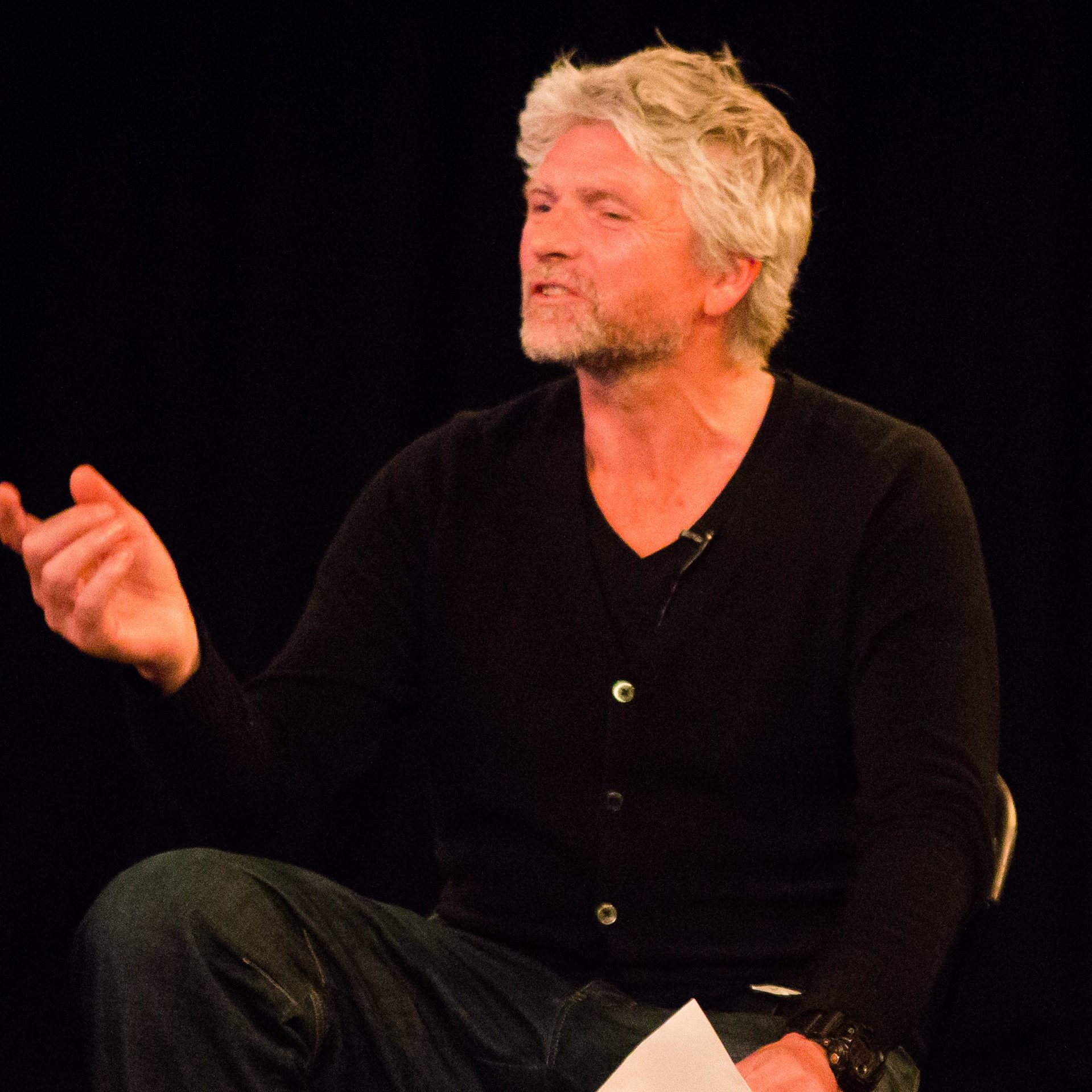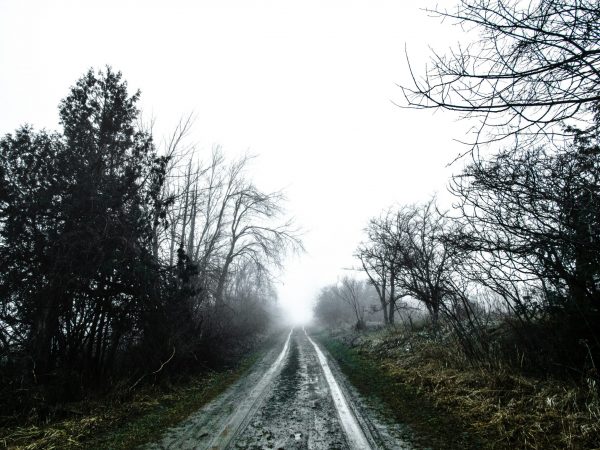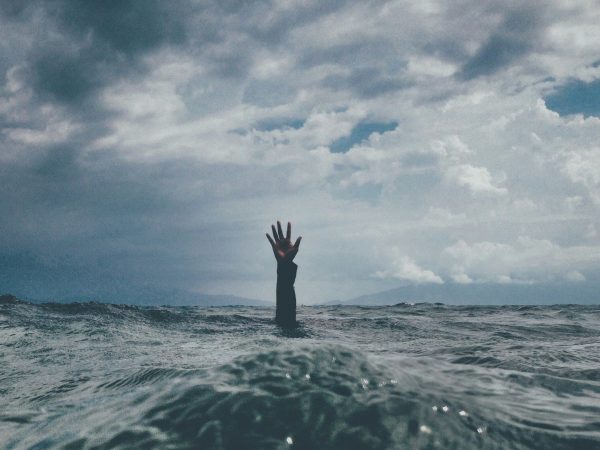Several years back a group of us were restoring an old peasant farmhouse in the Catalan Pyrenees. The building went on to become the main accommodation for the courses we run at the Ecodharma Centre. We spent six months building with traditional techniques and local materials, constructing with limestone, laying pine trunk beams, and insulating the roofs with sheep’s wool beneath salvaged terracotta tiles.
Half way through the work we downed tools and nine of us set out on the long journey across Europe to Copenhagen. It was the year of the COP15, the United Nations Conference on Climate Change. Delegates were heading there from all over the world to explore globally coordinated efforts to address the perils of human induced climate change. The political optimists were dubbing the meeting Hopenhagen.
COP15 was a magnet for Campaign NGO’s and grassroots activists. The scientific consensus had again underscored the evidence, rising carbon emissions are leading to serious devastation of the earth’s biodiversity, and human suffering on a vast scale. Not taken in by the Hopenhagen feel good hype, amongst the grassroots the rhetoric in the air was that this was our last chance. Some long time climate activists scoffed. For them the maths was clear. It was already too late as far as they were concerned. But for many others it was still worth a last ditch effort to avert climate chaos.
So, amidst the Scandinavian winter, delegates argued, campaigners lobbied. Activists gathered, planned, generating a wealth of meetings, protests, and actions – aiming to pressure global leaders to do something worthwhile, or to inspire people to take matters into their own hands and side step the political circus in a popular struggle for climate justice.
The Danish police response was unapologetically, if predictably, harsh, repressive, and illegal. The grassroots were battered. The outcome of the conference itself was the announcement, amidst self-congratulatory fanfares, that the representatives had agreed to talk more at some point. Basically, no action whatsoever.
So, the “last chance” passed us by. No meaningful coordinated effort was agreed upon. Economic growth continued to trump ecological security. Amidst the sense that it was now or never for the planet, we missed the “now”, so presumably it was “never”. The last ditch had been overrun.
As people dispersed, bruised and exhausted, there were tears, anger, and disillusionment. Soon enough the theme of climate chaos dropped back in mainstream discourse to phantasmagorically drifting in and out of focus (editors must struggle to get the news cycle quite right for the story of the end of the world and our reluctance to face it). And in the following years, the levels of burnout amongst environmental activists soared. The anecdotes tell of action groups falling apart, generalized dismay and despondency, even increased suicide attempts. The zeitgeist of the moment is captured by Frederick Jameson’s phrase: “It is easier to imagine the end of the world than it is to imagine the end of capitalism”.
Since then there’s been much said about the counter-productivity of the politics of catastrophe: How it fosters a self-righteous and sacrificial radicalism, breeds cynicism and hopelessness, drives public awareness into deepening ruts of psychological denial, and generally strengthens the hand of reactionary social tendencies – both hedonistic evasion and the fear induced right wing populism.
Consequently, many environmental activists are looking for new stories to tell, stories that can inspire vision, confidence, and action for a life affirming future. We hear that we need not wait for government to act before we can begin to build resilience into our lives, and that our collective efforts to do this can nourish our need for community and renew the spirit. New land-based projects for sustainability spring up. Fresh and creative approaches to mobilizing are in the air. New economics, gross happiness indexes and permaculture are all reclaiming life affirming design for the future. The Occupy movement, M15, and climate camps, have been reshaping an inspired politics of creative optimism.
Clearly, as far as motivational psychology goes, this is an advance. It’s learning to be celebrated and welcomed. And yet, there’s still a place for caution.
All too easily the continuity of our efforts can be trashed by the swing from the energized uplift of hope, into the seemingly inevitable downturn of hopelessness. A motivational economy raised on a bubble will burst, just as surely as a market raised on sub-prime mortgages will crash.
We face challenges of an unprecedented scale. To meet them we need a training that roots our motivation and energetic engagement more deeply than we’ve known before – we require the vision and practice of the Bodhisattva, that will sustain compassionate action beyond both hope and hopelessness.
Powerful social movements are slow to arise. Their causes are complex, at times even mysterious. But they do arise out of continuity of effort. Just as with personal change, we need to maintain a gentle and persistent heat to bring the crucible to the temperature that catalyzes deep transformation. Too hot and it burns. But if we keep taking it out of the fire we never reach the melting point.
To support on-going engagement, with the necessary longevity for movement building, we require a motivating vision that can fully embrace the uncertainties of our times – an inspired vision that is not propped up by a merely hopeful optimism, but that retains its power and value whether we succeed or fail.
These are complex times. We can’t know if our present actions will succeed in bringing forth new ways of living that honour our rootedness in the ecological web, or whether, indeed, we stand amidst currents whose flow towards calamitous end times is just too strong to turn.
Two images come to mind: A midwife tending to the birthing of new life, and the hospice nurse, tending to the passing of the terminally ill. In our actions at this time we cannot know if we are the midwives of a life affirming future, or whether we nurse the dying process of a terminally ill civilisation. Or perhaps it is both!
What really fascinates me, is that whether midwife or hospice nurse, both call on the same life-affirming qualities of care and compassion. Both witnessing the first breath of a new born child and the last outbreath of a dying parent can be met with wonder and deep appreciation of life. The value of life is not lessened for the fact of death – at times it is even heightened.
I want to be clear. I am not trying to validate a Dharma inspired approach which confirms Nietzsche’s statement in The Antichrist, that “Buddhism is a religion for the end and fatigue of a civilisation.” My point here is not to find a way of accommodating ourselves to a resigned and melancholic fatalism.
What I am pointing to is the heroic attitude of the Bodhisattva, the Buddhist compassionate warrior, who trains to perfect an unwavering, vigorous effort, an energetic action grounded in compassion, amidst both birth and death – what is known as virya.
Virya matures into an unwavering compassionate engagement because it is perfected in balance with Ksanti. Ksanti is a profound patience, a radical receptivity to the way things are. Virya and Ksanti together combine to dynamise effort with a resolute energy that is like the steady turning of the sun and moon, not the mere motivational bubble of optimism.
We live in deeply uncertain times. We face challenges of an unprecedented scale. To meet them we need a training that roots our motivation and energetic engagement more deeply than we’ve known before – we require the vision and practice of the Bodhisattva, that will sustain compassionate action beyond both hope and hopelessness.
You can listen to this talk from Guhyapati here:
This article is transcribed from the ecodharma audio series, “Buddhist Reflections on Social Action” and is available on iTunes, SoundCloud and Stitcher. It is gratefully reprinted with permission from Guhyapati, director of EcoDharma Centre, a dharma centre in Spain offering “radical ecology, radical dharma.”







